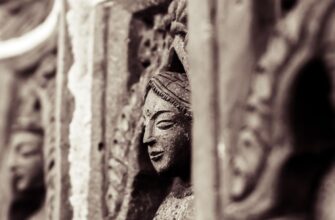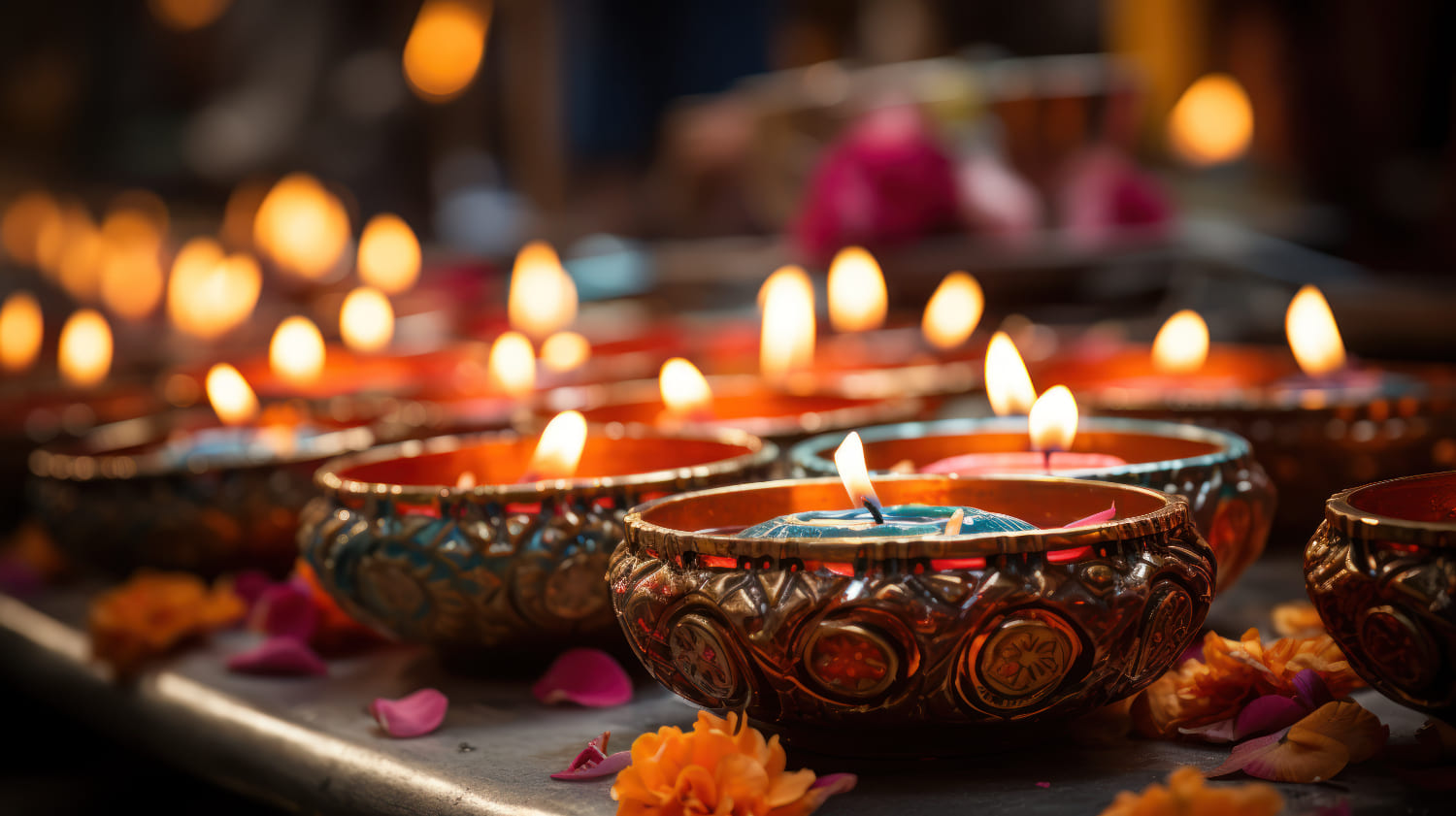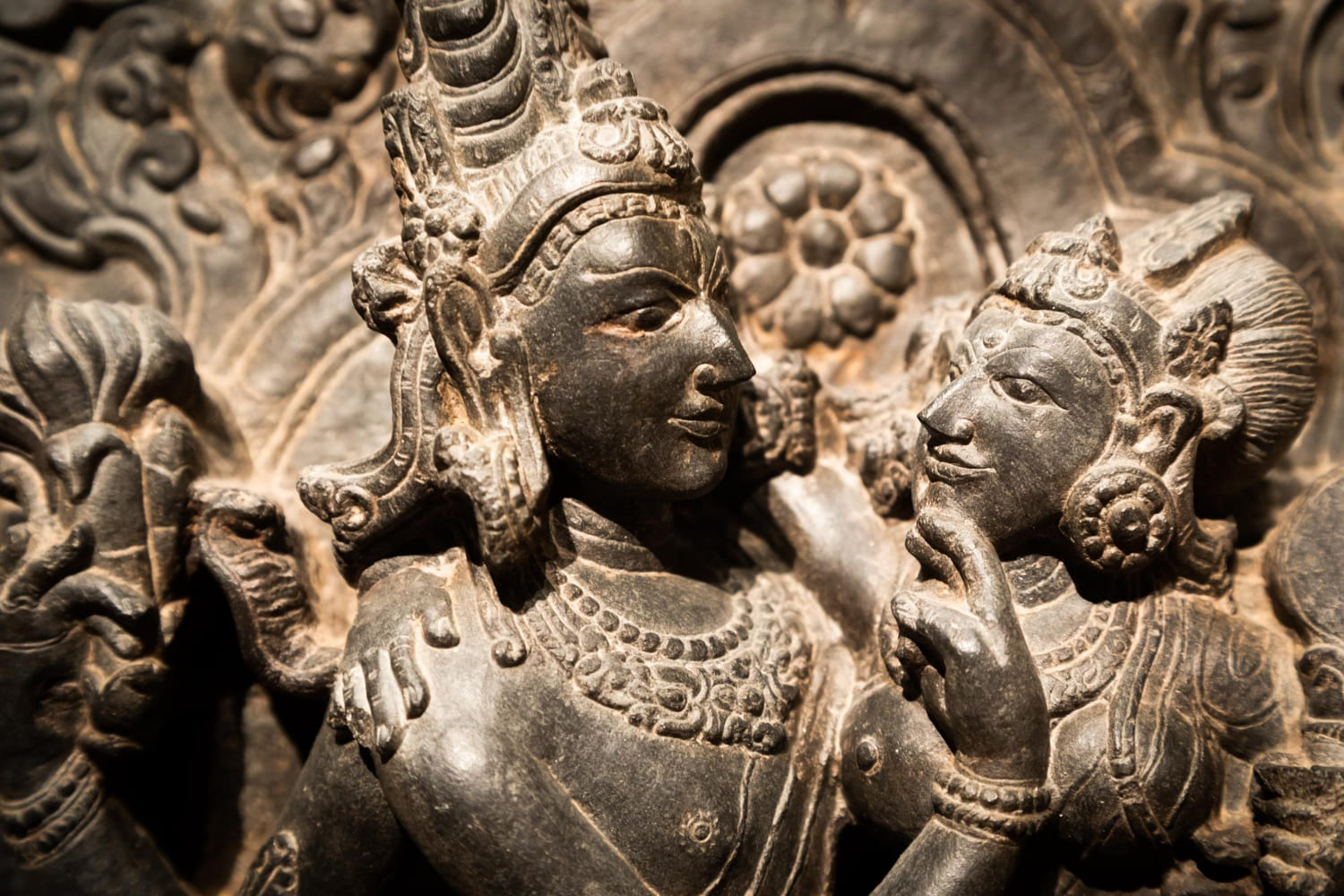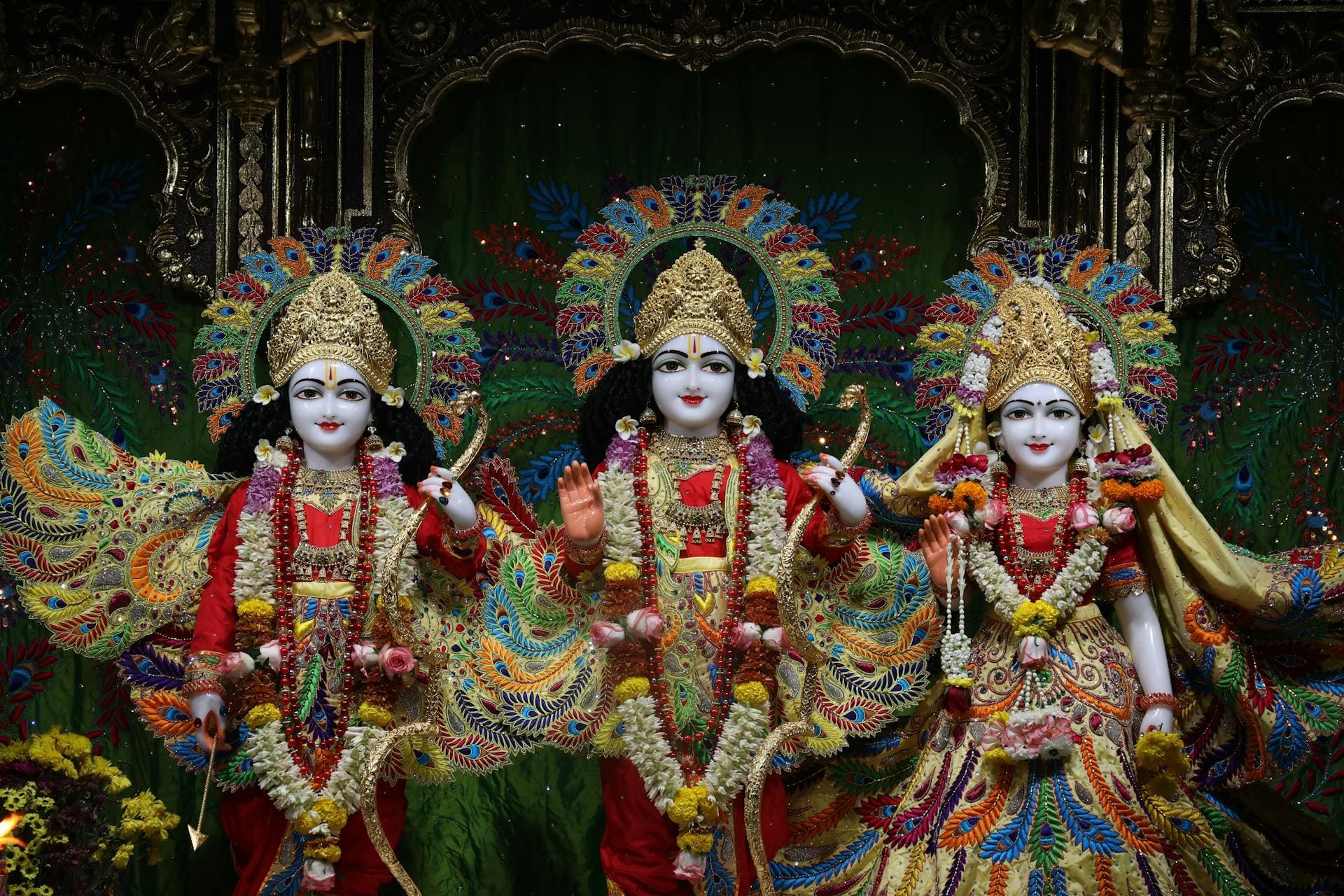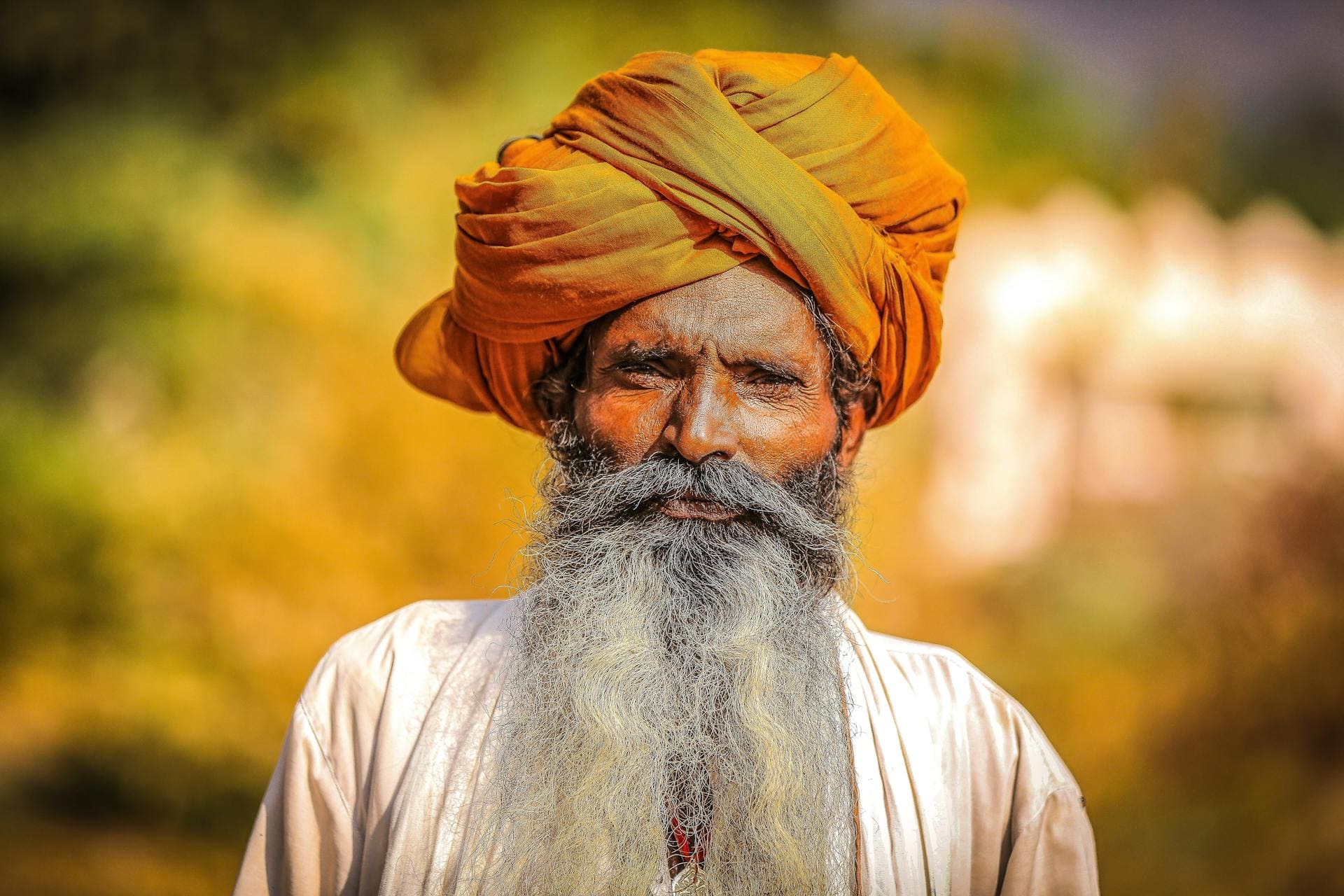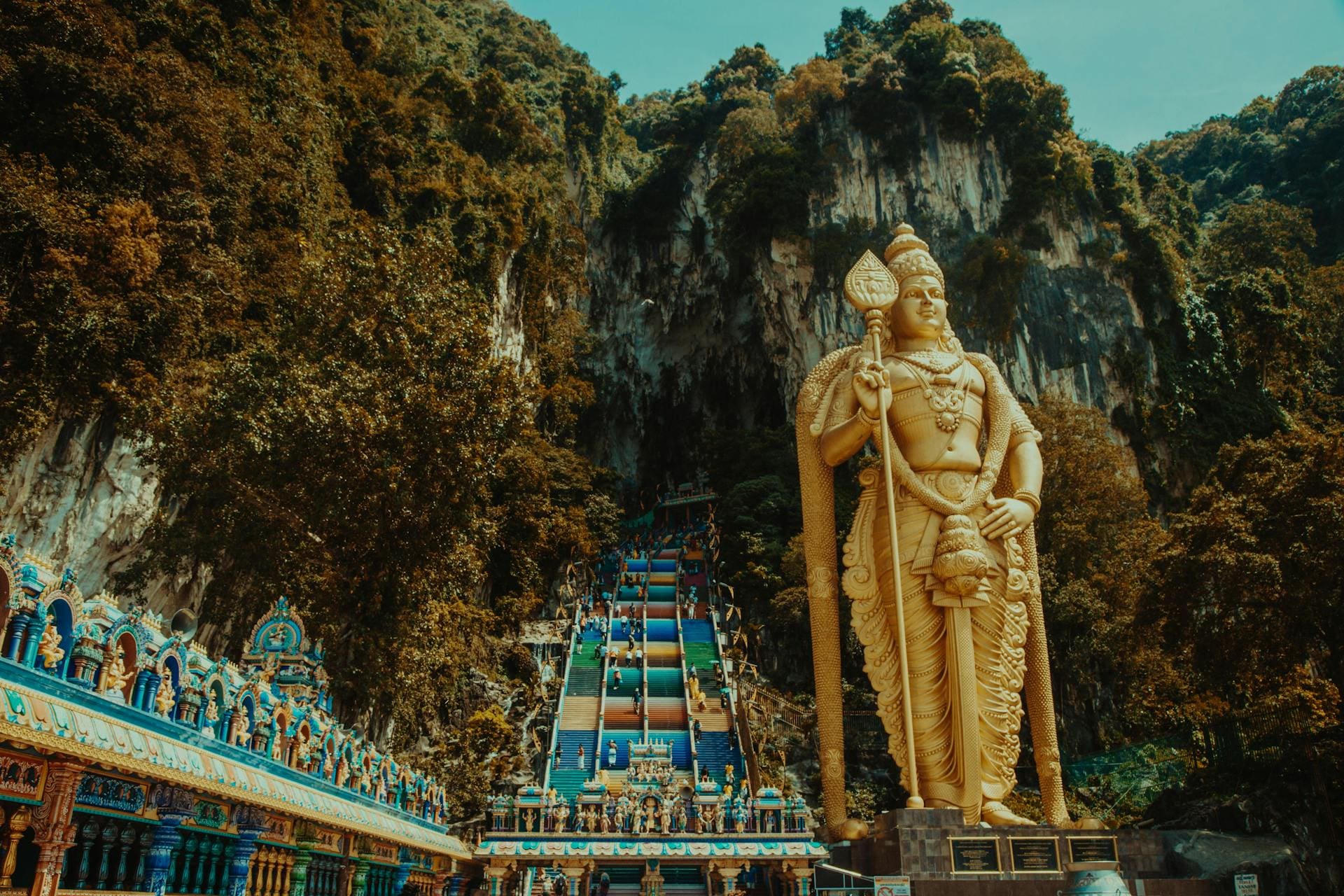Hinduism is frequently misunderstood as a polytheistic faith. Why do Hindus have so many gods?
No, Hinduism is not polytheistic. Hinduism is a henotheistic monotheistic religion. Henotheism, meaning “one God,” is a better term to explain the Hindu point of view. It represents the adoration of one God while keeping the door open to the existence of other Gods.
Let’s discover why Hinduism isn’t a polytheistic faith, what the texts say about multiple gods and the Hindus’ beliefs in personal gods.
Hinduism | Polytheism
Hinduism’s multiplicity of gods and goddesses is one of its distinguishing characteristics.
Professor Julius Lipner argues that Hinduism cannot be viewed as polytheistic and goes on to analyze how the deities are conceptualized in Hindu culture and holy scriptures and their function in devotional worship.
One of Hinduism’s most remarkable characteristics is the almost unlimited variety of deities and goddess figures, many of which have animal companions, that decorate the vibrant temples, roadside shrines, and houses of its believers.
Hinduism has therefore been referred to as an idolatrous and polytheistic religion. How should we interpret Hinduism’s idea of deity and image worship?
This issue will be covered in this article, along with other types of prayer and pilgrimage.
Hinduism may be compared to a massive banyan tree that extends across several centers of worship and practice that connect in diverse ways, like a vast network that is both one and many simultaneously.
Hinduism’s notions of divinity, devotion, and pilgrimage serve as a shining illustration of this “polycentric” phenomenon.
What Does The Veda Say About Gods
The main element of Hindu religious literature is deities. Numerous so-called goddesses and gods (devas and devs) are personified in the Vedic literature as fire, darkness, wind, sun, dawn, earth, and other elements.
There is no concrete proof that these Vedic deities were worshipped through images; instead, they were called forth through the sacrificial ritual (yaj), typically with the help of the god Agni (fire), to grant various favors to their supplicants on earth in return for homage and the ritual offering.
Some Vedic scriptures mention a One who served as the foundation and source for the diversity of various devas and devs.
This One (Brahman) was eventually envisioned in the Upanishads as either the transcendent, supra-personal cause of all variation and change in our world, which would ultimately disintegrate back into the One or as the supreme, individual Lord (Vara), who served as the foundation and endpoint of all finite being.
These views lay the groundwork for ideas of a transcendent reality that humans may reach via meditation, prayer, and/or worship.
What are Hindu Personal Gods?
The Bhagavad Git is the first continuous textual example of sophisticated reasoning about devotional religion in a personal God named Krishna (also spelled Ka), produced around the beginning of the Common Era.
In this book, Krishna educates Arjuna, his friend and pupil, about his divine essence, his relationship with the universe, and how the committed soul might experience moksha—liberation—from life’s miseries and restrictions—through loving communion with him.
The concept of the avatāra, or avatar in English, is introduced here for the first time in Hinduism.
It holds that the Supreme Being regularly enters the earth in embodied form for the sake of “re-establishing dharma, safeguarding the good, and killing the wicked,” as stated in the Gupta.
Various religious books, like the Puras, would further develop the notion of numerous avatars with distinct goals as time passed.
The Śvetāśvatara Upaniṣad, written at the same time the Gītā was, encourages devotion to Shiva (also spelled Śiva), also known as Rudra, as the Supreme Being who elevates his adherents from the shackles (pāśa) of life into a deep state of unity with him.
It was not until the fifth century that a theology of saving devotion to the Great Goddess (Mahādevī) arose in the Devī Māhātmya.
Both the Gītā and the Śvetāśvatara Upaniṣad declare a type of disciplined devotion (bhakti) as the route to salvation.
Final Thoughts
Another distinctive aspect of Hinduism is its insistence that experiencing God is the soul’s ultimate objective.
Hinduism is a henotheistic monotheistic religion, and Hinduism is not polytheistic. Henotheism, “one God,” is a better term to explain the Hindu point of view. I
t represents the adoration of one God while keeping the door open to the existence of other Gods.
